We may divide the ecological system we reside in into four parts viz., atmosphere, biosphere, cryosphere and oceans. The climate report makes an exhaustive list of evidence of changes in these sub-systems. Some of them, such as the rise in sea levels and the increased frequency of floods, prove direct evidence for a changing climate, whereas the others, e.g. temperature rise or elevated levels of greenhouse gases in the atmosphere, are evidence of its root causes.
Data from atmosphere
The first and foremost is the carbon dioxide (CO2) in the atmosphere. Its concentration had reached 409.9 (+/- 0.4) ppm in 2019. Similar values for the other greenhouse gases (GHG) were methane 1866.3 +/- 3.3 ppb and nitrous oxide 332.1 (+/-0.4) ppb. This level of CO2 is the highest in the last two million years! These molecules are ominous for the system because of their power to influence the so-called Effective Radiative Forcing (ERF); the subsequent increase of energy causes warming in the system.
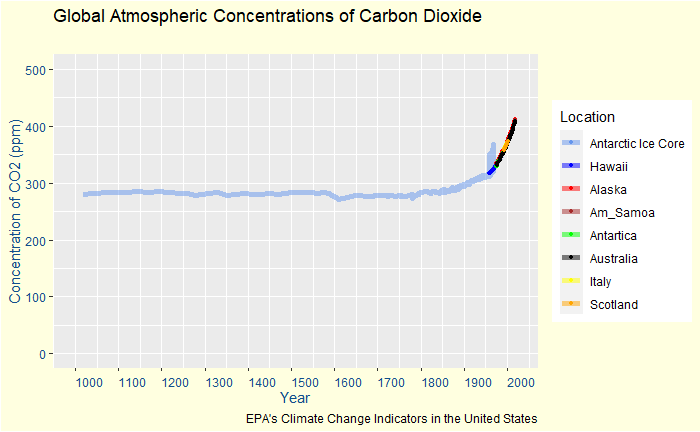
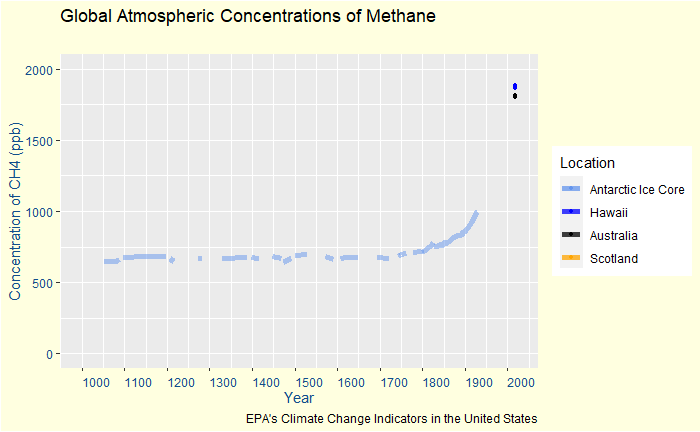
Data from biosphere
Global Mean Surface Temperature (GMST), the poster boy of climate change crisis, has increased by over 1.09 oC [0.95 – 1.20] since industrialisation; 1.59 oC for land and 0.88 oC for oceans.

Global land-precipitation has increased since 1950, and its pace has further picked up since the 1980s.
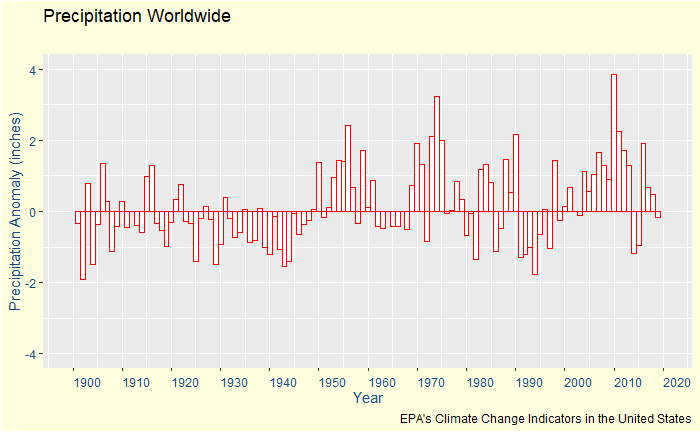
Data from cryosphere
The annual mean and the late-summer values of Arctic ice coverage are the lowest since 1850. The decadal means of Arctic sea ice area has decreased from 6.23 million km2 in the 1980s to 3.76 million km2 in the last decade for September and from 14.52 to 13.42 million km2 for March.
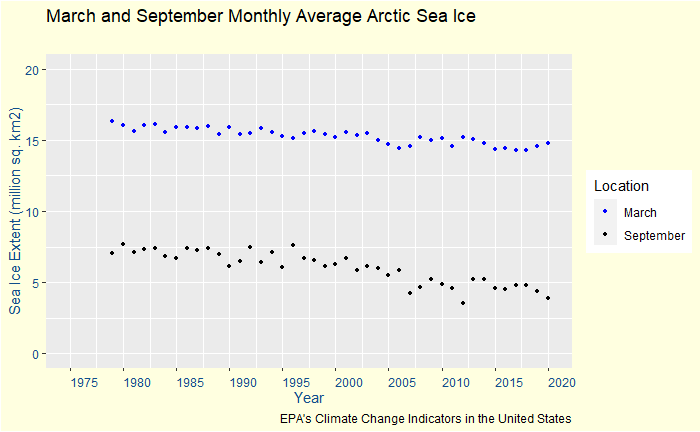
Data from oceans
The global mean sea level (GMSL) has risen by 0.2 m since 1901, and the rate is accelerating. On the other hand, the ocean heat content has increased, pH and oxygen contents have decreased.
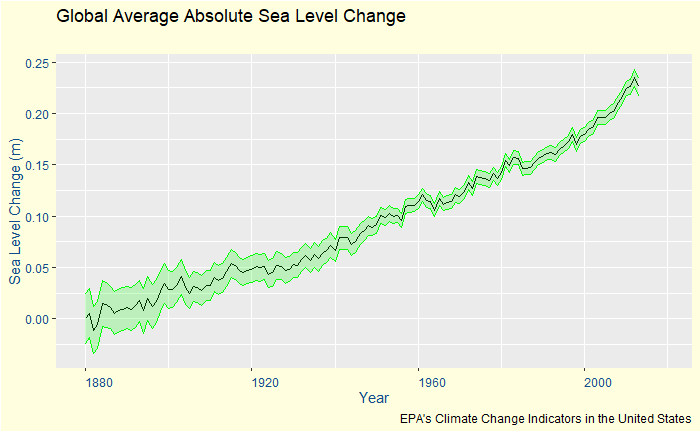
Climate Change Indicators: US EPA
Climate Reports: IPCC

